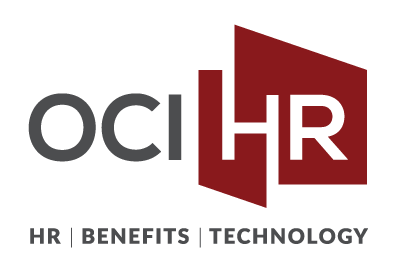What’s the Difference Between a PEO and an ASO?
If you’ve been exploring HR outsourcing, you’ve likely come across two common terms: PEO (Professional Employer Organization) and ASO (Administrative Services Organization). While both models help businesses manage HR, payroll, and compliance, the way they operate is very different.
PEO: A Co-Employment Partnership
When you engage a PEO, you enter into a co-employment relationship. This means your employees are legally employed by both your company and the PEO.
- The PEO becomes the employer of record for tax and benefits purposes.
- Your business gains access to large-group benefits, workers’ compensation, and shared risk management.
- Compliance, payroll, and HR administration are handled through the PEO.
This model is especially attractive for small and mid-sized companies that want enterprise-level benefits and reduced risk.
ASO: Administrative Support Without Co-Employment
An ASO, on the other hand, provides HR and payroll services without taking on co-employment.
- Your business remains the sole employer of record.
- The ASO handles payroll, HR administration, compliance support, and reporting.
- Benefits are typically provided through your own plans, not pooled with other companies.
This model works well for companies that want administrative support but prefer to maintain control over their benefits and employer status.
Which is Right For You?
- Choose a PEO if you want access to stronger benefits, risk-sharing, and a full-service HR partner.
- Choose an ASO if you want HR and payroll expertise without changing your employer relationship.
Both models can save time, reduce administrative headaches, and keep your business compliant—it simply comes down to how much control and responsibility you want to retain.
